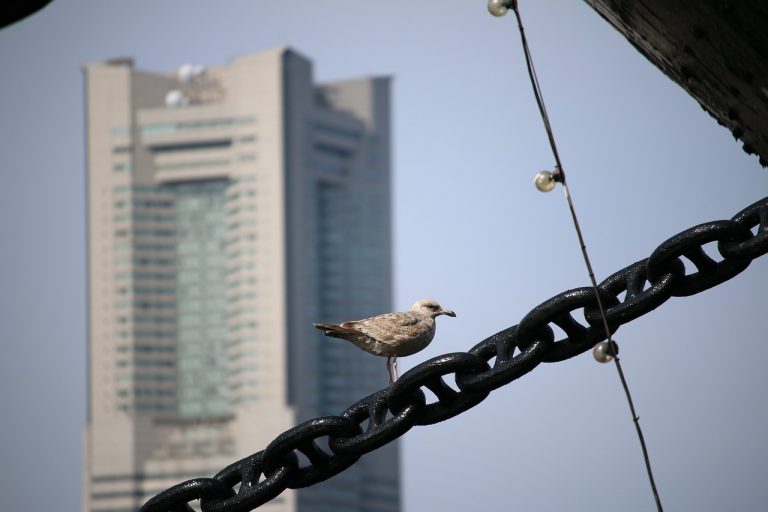Published on June 17, 2024

Originally reported by for King 5 by Erica Zucco.
SEATTLE — U.S. Fish and Wildlife and other agencies say one of the leading causes of death in birds is colliding with buildings. Birds fly at a high rate of speed and don’t recognize glass as a barrier, often ending in mortality.
University of Washington researcher and doctoral student Judy Bowes and volunteers have been examining the key causes of this issue on campus, and ways it can be mitigated with design.
“Previous research tends to look at the entire building as the problem, but I wanted to look at design features specifically,” Bowes said. “There’s a little bit of research that points out, transparent walkways, skybridges, for example, are hotspots where we find a lot of collisions, but I wanted to narrow in on our top five.”
Bowes said students regularly visited routes around buildings expected to include lots of hotspots, some with a medium number of expected hotspots, and some control buildings. They tracked bird findings using an app and assessed where the bird likely struck. She was surprised and pleased to learn transparent railings were the number one hotspot on campus. It’s an easier problem to treat and a more likely issue for builders to fix.
“[Finding specific areas can allow them to] treat these hotspots, rather than trying to find the money to treat an entire building,” Bowes said. “If I have that information, it can give building owners more power to treat what they can within budget.”
Volunteers found 20 species of birds and estimated at least 10,000 die on campus each year.
“This happens every day, everywhere, there are glass surfaces,” Bowes said. “Transparent and reflective glass is very dangerous to birds, but we have solutions to prevent collisions.”
Bowes says getting rid of all glass isn’t the solution. It would be costly, and letting in natural light has health benefits. But there are types of bird-friendly glass and patterns that can be added to make birds less likely to collide.
She suggests homeowners consider making their own adjustments. Feather Friendly, for example, offers kits. People are also encouraged to download the Avian Impact App to record their own data about birds near buildings.
Bowes’ main goal is to create a design guide focusing on hotspots, sharing standards architects and designers can follow to design or treat a building so it’s bird-safe.
Continue reading here.
University of Washington research led by Judy Bowes in the College of Built Environments tracked bird deaths, searched for hotspots of impact, and assessed how those can be mitigated through design.